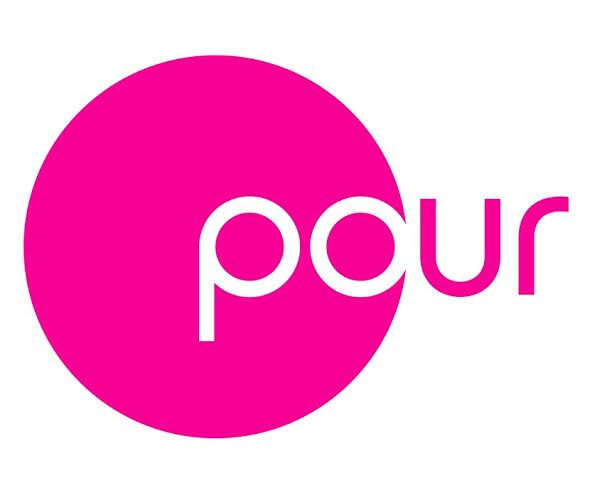PART ONE – SOUTHERN FRANCE
Posted originally: May 12, 2014
There’s no better time to start a blog than the Spring, and Spring at Pour means one thing: Pink Wine! We are fans and proponents of rosé, into it long before it was cool and now glad that everyone else is figuring out that it isn’t sweet, it isn’t wimpy, it isn’t anything but the best wine to drink in the warm weather. (We also believe it’s great to drink in the cold weather, too, but that’s a subject for another post.) If you are still suffering from the White Zinfandel Hangover and think of rosé as sweet stuff drunk by people with dubious taste, read on!
We begin in Provence, the Mediterranean region of France from the mouth of the Rhône eastward to the cities of Marseilles, Cannes, and Nice, the consensus home of the best rosés in the world. In Provence, it is hot, dry, and sunny, just the weather for the uniquely refreshing combo of red fruit, light body, and high acidity that is the signature of Provençal rosés. Distinctive bottles, too, such as the elegant fluted vessels of Chateau du Rouet and Chateau de la Clapiere, our two finest examples of the Côtes de Provence style. Rouet ($20) is a pure and delicate pink with layers of strawberry and red cherry defined by the touch of tannin the brief maceration leaves. Clapiere ($20), its more robust sister, features a rounder and creamier side, with hints of peach and orange harmonics to soften and fill out the red cherry, strawberry, and cranberry, and a softer, tighter tannin. Add in the fresh and zippy Chateau de Pourcieux ($17, owner H. Tres Meyer’s staple quaff during his Nice residency) and we have a perfect threesome to taste in flight, for nothing teaches us the pleasures of wine more than tasting similar but distinctive bottlings side by side. (The order I’d suggest, btw, is Pourcieux, Rouet, Clapiere.)
“Similar but distinct” is a good way to compare the rosés of the Languedoc to their more illustrious sisters. Made of the same grapes – Grenache, Syrah, Cinsault, Carignan, Mourvèdre – in a similar climate, they are often earthier, with darker, fuller fruit, like the Domaine de Fontsainte Corbières Gris de Gris ($20), a longtime favorite of our buyer and pretty much anybody who’s ever tried it. Made largely of Grenache Gris (“Gray Grenache,” what we would call pink in English) it’s full of strawberry, raspberry, and cherry fruit, with a dangerously easy drinkability that makes it sell out every year – so get yours early! Le Saint André Rosé ($18) steps outside the approved grapes for Provence, adding 25% Cabernet Sauvignon to its blend, adding a hearty underpinning of tannin and a dash of firmer red apple fruit to the ethereal style of the South. New to the shop this year is the Domaine de Tara “Terre d’Ocres” Rosé ($19). From Vaucluse and therefore technically a Rhône wine, it is Provençal in spirit, with the finesse you expect, the cherry, strawberry, and raspberry. Being from a somewhat inland and therefore hotter locale, it adds a bit of opulence, a fleshy peach/apricot mouthfeel that gives it a style all its own.
Pairing Southern French rosé must always begin with the glass in the hand: in the Park, on the terrace, by the lake or on the beach (don’t get busted!), rosé goes best with itself, warm weather, and friends. This doesn’t mean, however, that it doesn’t go well with food: quite the opposite. With the lightness of white wine and the heartier fruit of red, pink wines combine the virtues of both styles, and will pair excellently with anything in your picnic basket, from fresh fruit and light cheeses to a ham sandwich or cold roast chicken. Salmon, shrimp and other rich seafood find a beautiful match with Provençal pink, and the more adventurous will try it with those traditionally thorny matches, spicy East Asian and Indian cuisine.
Use your company’s blog posts to opine on current industry topics, humanize your company, and show how your products and services can help people.
